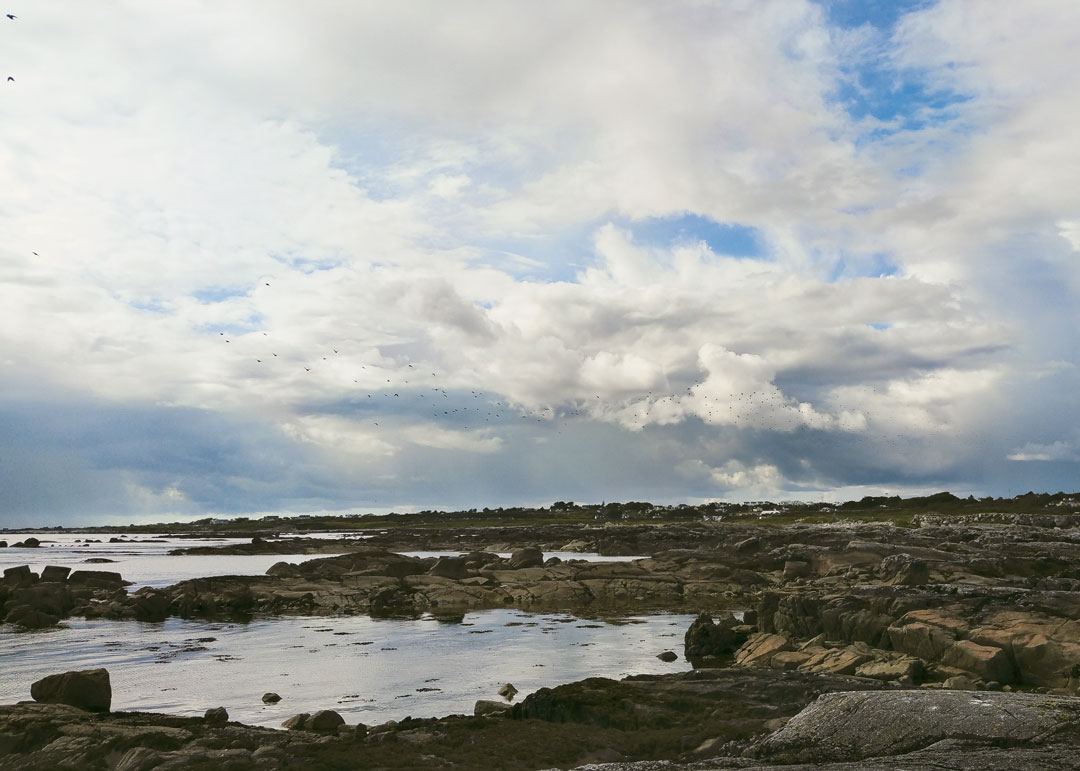
How the New Nordic brought back foraging in Ireland
In the Irish Cookbook, Jp McMahon writes that the stigma of picking your own food persisted for generations after the potato famine
Foraging for wild ingredients is a way of dipping into nature’s food bank. So, surely a famine would lead to more people gathering their meals from this common store?
Not according to the Galway chef Jp McMahon. In The Irish Cookbook, McMahon, a Michelin-starred restaurateur, newspaper columnist and passionate advocate of Irish food, traces the history of his nation’s eating habits from the earliest times through to the present day.
The book not only tells you how to make potato farls and soda bread; it also charts the passage of both native and novel ingredients through the kitchens of this great nation; it’s a compelling and often enlightening read. Take for example, McMahon’s suspicion that the most famous event in Irish food history may well have killed off one of its oldest practices.
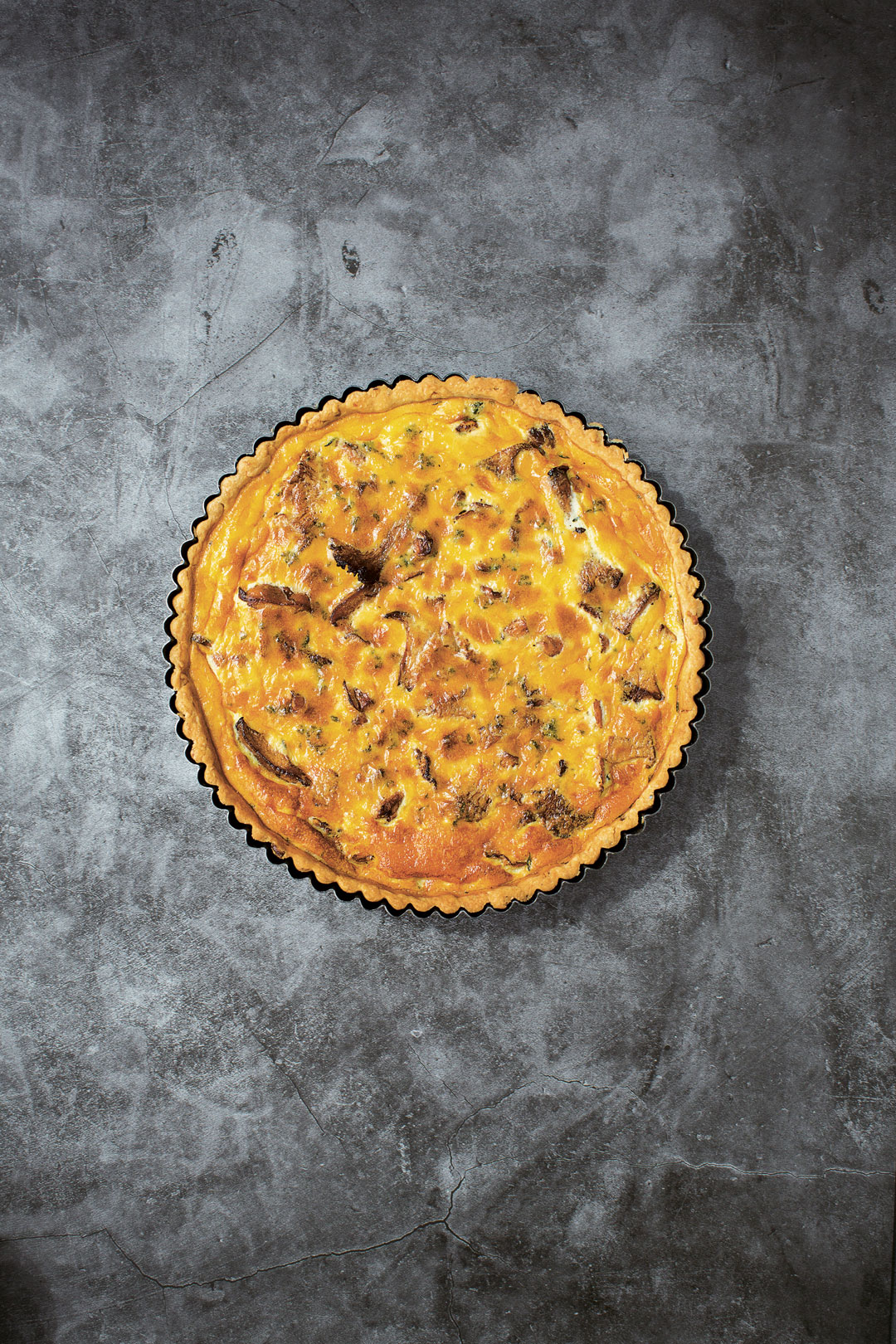
"Ireland has a wonderful tradition of using wild food, despite it being somewhat of an undercurrent to the main tradition of meat and vegetables,” he writes in The Irish Cookbook “It is difficult to assess clearly why wild food suffered so much in Irish history.”
Rather than rely on library or online research, McMahon went out into the field – or to the shoreline to be more exact – in an attempt to find an answer to this perplexing problem.
“From talking to foragers and seaweed pickers whose families have been picking the stuff for generations, many cite the famine as a defining schism in our understanding of wild food,” he writes.
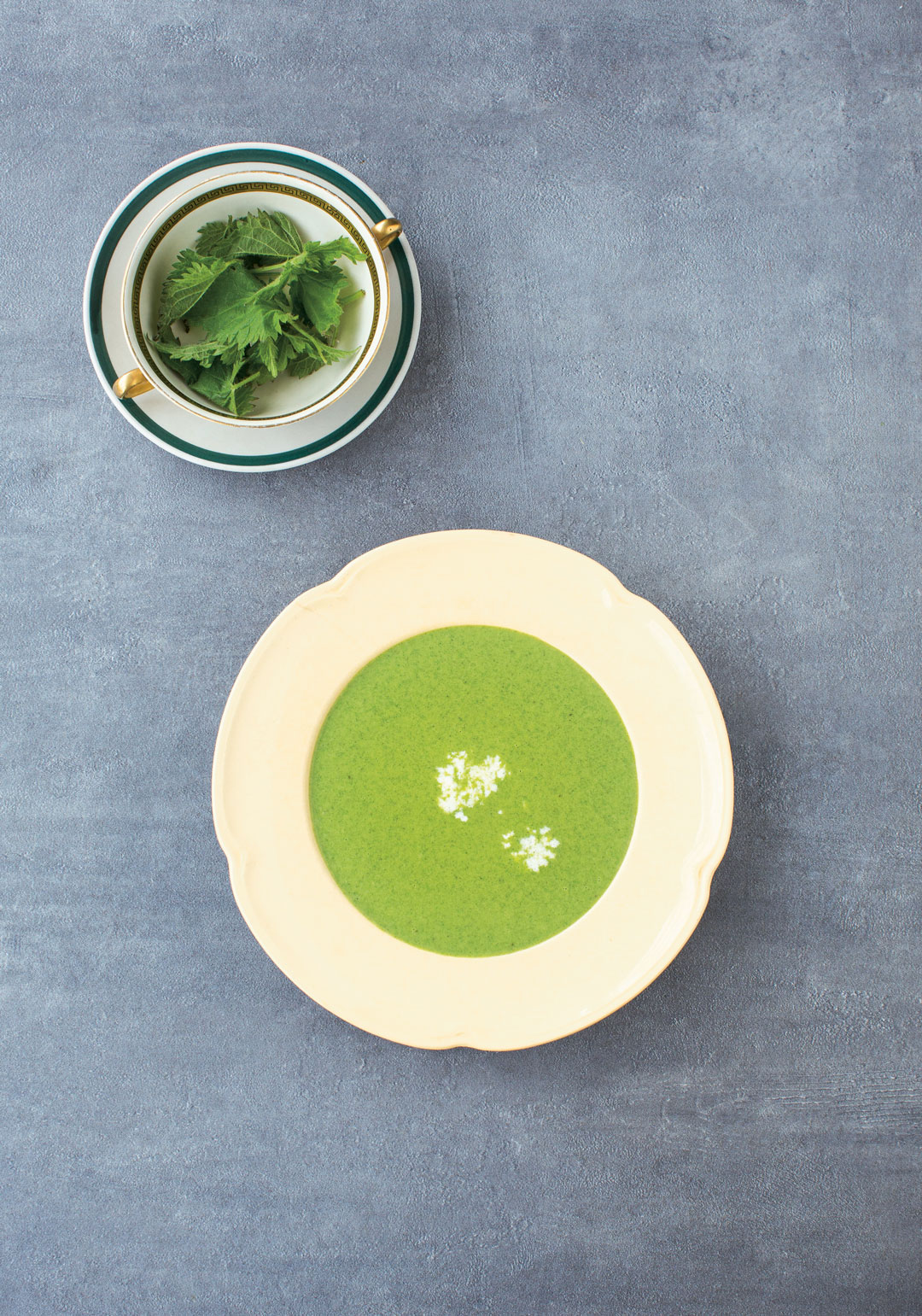
The famine McMahon is referring to is known as the Great Hunger by the Irish, but is more widely labeled in the rest of the world as the Irish Potato Famine: a chronic and deadly food shortage which occurred in the 1840s in Ireland, partly thanks to potato crop failure.
You would be forgiven for thinking that a lack of food on farms and in kitchen gardens would lead to a surge in foraging. And it did, briefly. “If you could not afford to buy or grow your food, you were forced to go and search for food in the wild,” he writes.
However, foraging for food also singled you out as poor, and, as McMahon argues, “this type of thinking created a negative connotation around the procurement of food from the wild. The stigma of picking your own wild food (whether seaweed, herbs or mushrooms) has persisted.”
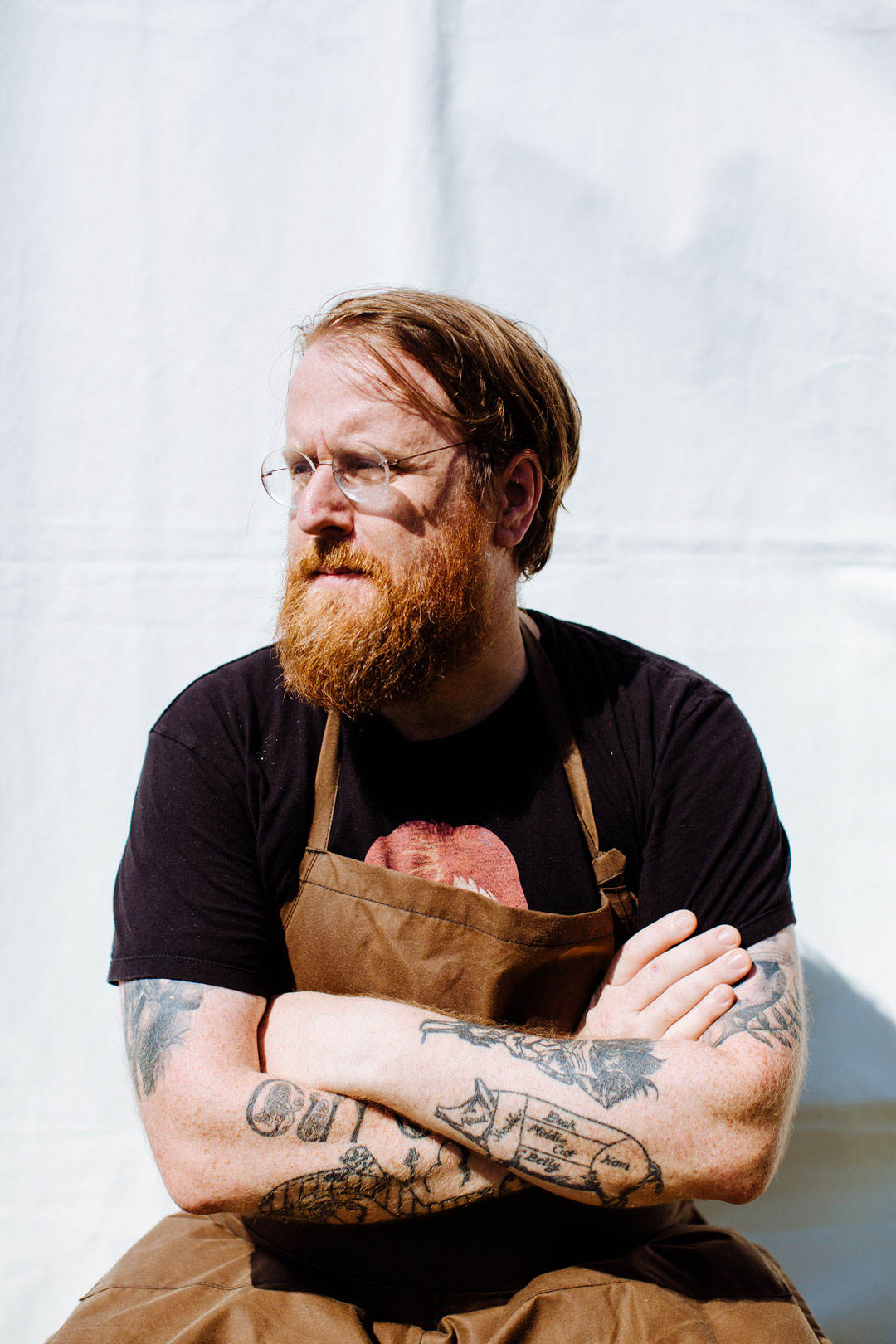
Generations on from those dark days, a return to these free food sources comes not from a lack of nourishment, but from the upper end of the food chain elsewhere in the world, via Nordic restaurants such as Amass and Faviken, which have popularized the practice of picking your own once more.
“In recent years, wild food has returned to the foreground, undoubtedly spurred on by the revolution in Nordic food,” writes McMahon. Perhaps it is time to return to the shorelines and hedgerows once more.
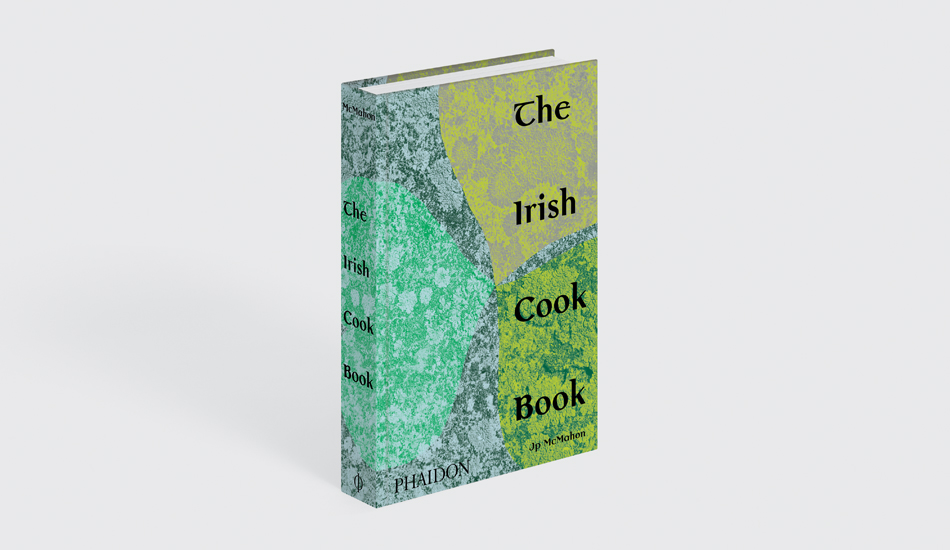
For a little guidance to this common treasury of food, buy a copy of The Irish Cookbook. This new publication includes recipes for wild mushroom puree, nettle soup, and sloke – that’s the Irish take on nori, or edible seaweed – as well as plenty of other more traditional dishes. Find out more here.